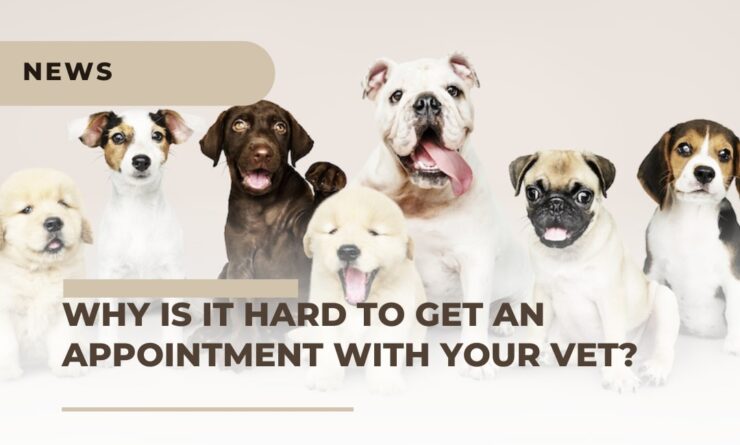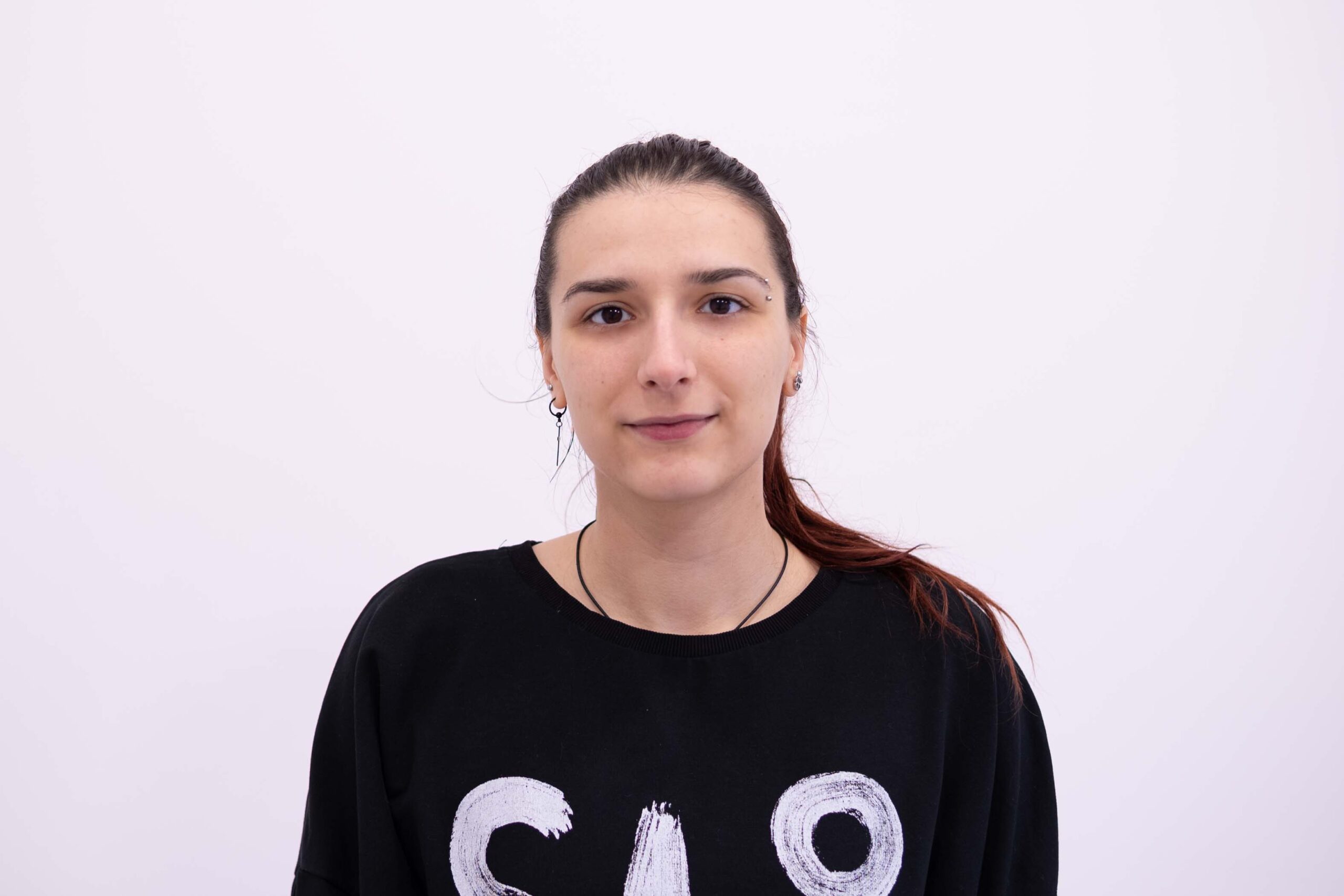A client’s cat became sick one recent Sunday. She called five local veterinary emergency clinics but none were able to see her.
COVID has taxed the veterinary industry in a way we haven’t seen before. In a short amount of time, the pandemic created the perfect storm of too many animals needing help and not enough people to help them.
New pets
When the shelter-in-place order first went into effect, we started to see more puppies. At first, it was so much fun! I went from seeing one puppy a week to two to three a day. After several weeks, we were getting overrun with new puppies and new pets in general.
Where did all of these animals come from?
For some people, getting a new puppy was already in the works and they just bumped up the timing of that adoption. It made sense! The shelter-in-place order forced most people to be at home and freed up a lot of time for training and all of the extra work that comes with puppyhood.
For others, isolation created a lonely void. When you can’t see other people, animals are desperately needed companions. Soon finding a pet at a shelter or rescue became difficult; they had all been adopted!
Busy season
You wouldn’t think that there would be a busy season for veterinarians. But in the summer months, we are about 10% to 20% busier than in the winter. It’s not just snowbirds returning north that increase our animal traffic. Pets are outdoors more so we see more cat bite abscesses, injuries from running around the dog parks and skin infections from swimming in the lakes.
In addition, we have an unusual vestige of rural farming days in which people want to book their “spring shots.” On the farm, that’s when the farm animals, including dogs and cats, would get their vaccines. That tradition is slowly disappearing, but for many of our older clientele, this is what they were taught and what they are used to.
Because of this, you should take extra caution about your pet’s health, for example, hydrogen peroxide could be used to make your dog vomit if he/she eats something bad for their stomach.
Staffing shortage
While other industries are laying people off, the veterinary industry is experiencing a staffing shortage. Many people in our industry, either by choice or circumstance, are not going to work. Some are self-identifying as high risk and are choosing to isolate. For others, new child or elder care responsibilities are keeping them at home because former caretakers are unavailable.
When a specialized industry gets stressed, pivoting is difficult. It takes eight years to make a veterinarian. Certified veterinary technicians go to school for two years. Even for non-degreed positions at the veterinary clinic, it takes six to 18 months to feel skilled at the job.
When veterinary staff are not able to come to work, it is not easy to replace them. Many veterinary clinics found themselves in a situation where a significant percentage of their workforce was no longer available. Right now, there are fewer people to provide services for more animals. COVID pushed the industry past its tipping point, and that level of stress cannot be maintained.
ER overload
At our clinic, we responded to the influx of animals by putting a pause on seeing new clients. Unfortunately, we weren’t the only clinic backed into that solution. That means that there are fewer places for an animal in need to go.
If a general practitioner can’t see a patient, then sometimes the only option is the emergency clinic. This means that the local ERs get overloaded. We will get reports at the beginning of the day about which clinics are closed and not accepting patients. One client told me he considered going to Duluth with his sick pet because it was a six-hour wait to get into the metro ERs.
Adaptation
So what is a veterinary clinic to do while trying to operate in the pressure cooker?
Long term, we’ll figure it out. New businesses will form, staffing structures will change, more people will go to vet school.
In the short term, we’ll do the best we can with what we have. For general practitioners, that means pushing off wellness exams to allow more space for urgent patients. Our doctors in quarantine are helping by doing telemedicine calls for patients that can safely be helped that way.
You just keep trying hard and try to adapt. That’s the pandemic way.
Receptionist burnout
It is important to turn a spotlight on the experience of the veterinary receptionist during this crisis.
When the veterinary clinic is at capacity, that doesn’t mean that pets don’t still need care. Imagine being the person who has to break the news to a stricken pet parent that their veterinary clinic can’t help them today.
Clients in distress often don’t take this news well. Their frustration is taken out on the receptionist, sometimes in very degrading ways. This takes a huge emotional toll and contributes to the burnout of an already stressed veterinary team.
The client is right for advocating for their pet. The veterinary team is right for saying “no” if they feel like taking on another patient will negatively impact the quality of care. It’s a lose-lose situation, and the veterinary receptionist is at the fulcrum of that vice grip.
We’ll keep working toward solutions, but it is important that the receptionist experience during this time be shared. A broad ask is for pet owners to have empathy for the person who answers the phone at your clinic.


















